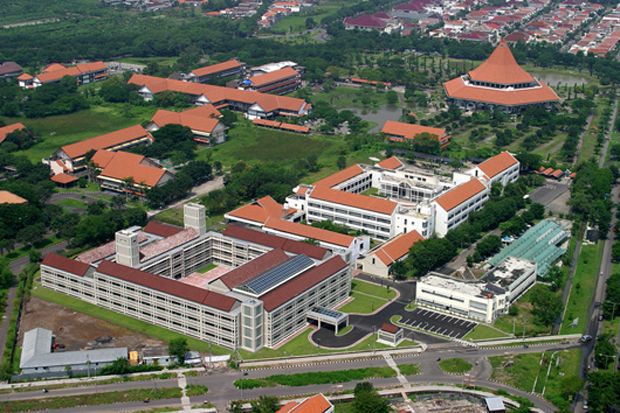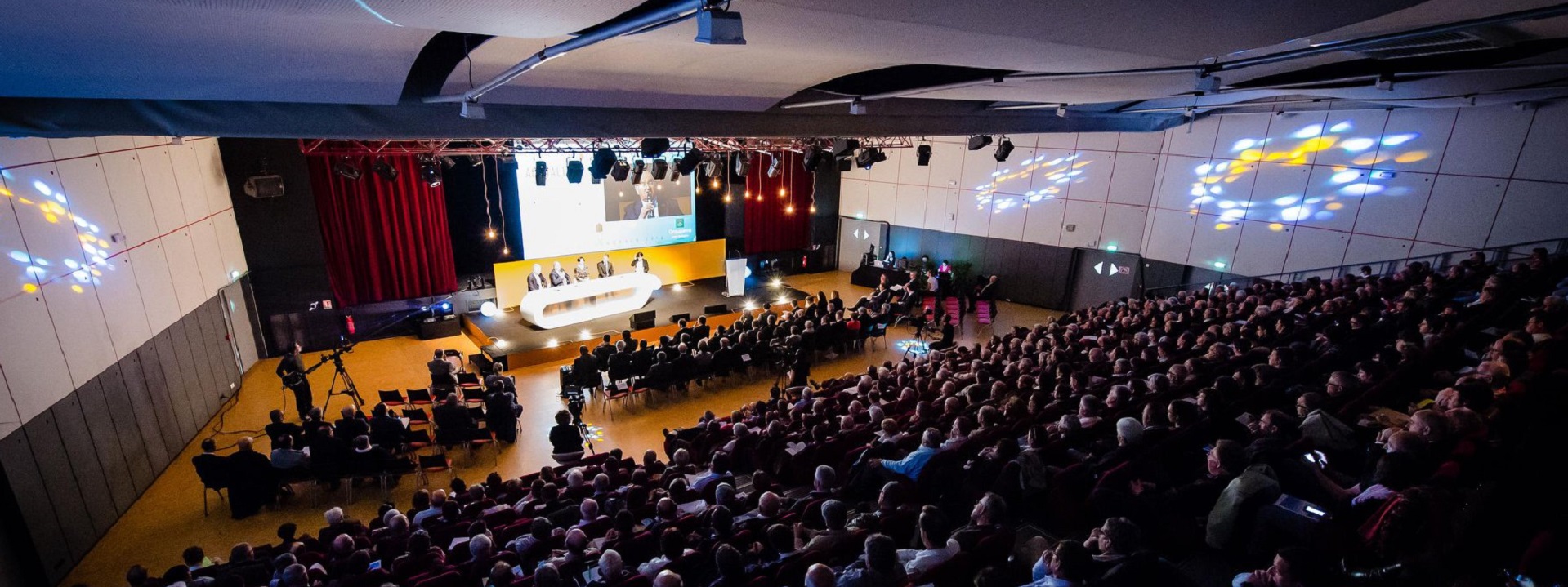Evianita Dewi Fajrianti
Sritrusta Sukaridhoto – Muhammad Udin Harun Al Rasyid – Rizqi Putri Nourma Budiarti
Ilham Achmad Al Hafidz – Naufal Adi Satrio – Ardiman Firmanda
Department of Electrical Engineering, Politeknik Elektronika Negeri Surabaya, Indonesia
Abstract: Augmented Intelligence technology was introduced for the task of helping improve human work in various fields, one of which is education. Several problems in the learning process, which are currently completely virtual, raise new problems, especially related to practicums which require teaching modules as guidelines for practicum implementation but still maintain the impression of interactive learning. For this reason, Augmented Reality technology is applied as a solution to build a practical human anatomy module, then called AIVE Platform embedded in smartphones to provide informative and immersive learning that can be run indoors or outdoors so that it is not limited by space and time. This platform can run on Android and iOS which is built on the AR Foundation framework to work across platforms. This module has followed the rules of the anatomical atlas that include labels on each part, there is also a login system to store student usage history, as well as the choice of learning mode. This module has been licensed to operate from a teaching doctor in anatomy to be used as a teaching module. The PIECES framework used to analyze the importance and satisfaction level of the platform gives score 4.085 out of 5 on and 4.081 out of 5 respectively.
CLICK HERE to order complete paper












